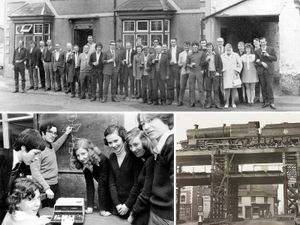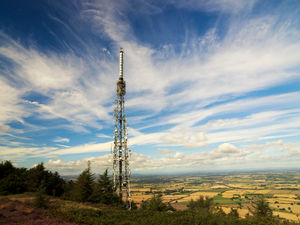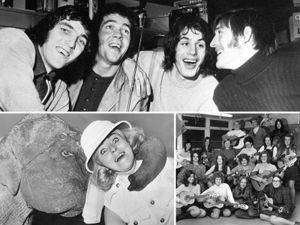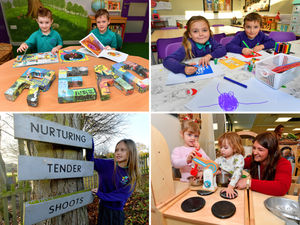'They built a human killing factory': Facing the horrors of Auschwitz
Understanding what happened in the Holocaust is important to help students get to grips with European history.
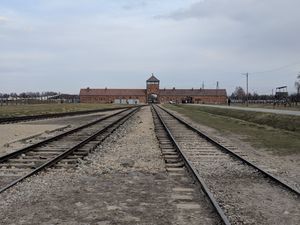
As the sun begins to set a total silence falls across the ruins of the largest Nazi concentration and death camp, Auschwitz-Birkenau.
Dominated by a tall guard tower, and with a long stretch of railway tracks snaking into the distance, it’s a place upon which the weight of history is intense.
The sombre atmosphere quickly takes hold among the 200 students from across Shropshire, Staffordshire and the Black Country who are on a one-day visit to the former camp in Poland, organised by the Holocaust Educational Trust.
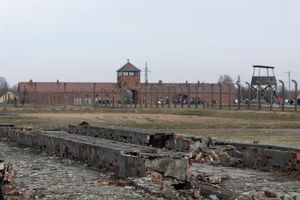
“This place didn’t fall from the heavens,” Rabbi Barry Marcus tells the group as a bitter wind whips dust and dirt across the shadows of the guard tower.
“It came from skilled professionals, from those who normally use their skills to make our lives better – but they built a human killing factory.”
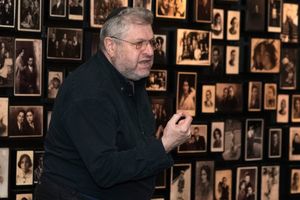
Pensive looks spread across the faces of those listening intently to the words of the Rabbi.
Auschwitz has become the most potent symbol of terror, genocide, and the Holocaust.
An estimated 1.1 million people, primarily Jews, were killed on the site where these young students now stand.
They have been brought here to demonstrate the significance of this site in a way that simply cannot be learned from textbooks.
The sheer size of Auschwitz-Birkenau is difficult to comprehend, and the numbers of people who died there still more so.
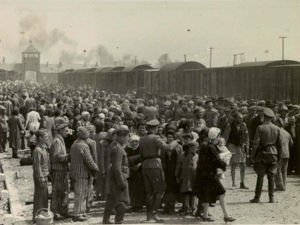
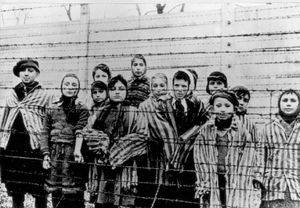
Auschwitz was the name given by the Nazis to the Polish city of Oswiecim, which was annexed to the Third Reich by the Nazis.
The city and surrounding area contains three sites which were part of the Auschwitz concentration camp system – Auschwitz I, Auschwitz II-Birkenau and Auschwitz III-Monowitz. There were also 50 smaller satellite camps in the area.
The tour of Auschwitz starts by visiting the city of Oswiecim itself, after passing over the Sola river where the ashes of the dead from the camp were so flippantly discarded.
The group stands on the site of the former Great Synagogue and is shown pictures of how a once grand building stood next to churches and was the centre not only of a thriving Jewish community, but of a community as a whole.
“This is actually one of the saddest places,” says Rabbi Marcus.
“It was a model.
“Church and synagogue right next to each other, the way it should be.”
At one time the city had 20 synagogues, but now there is just one, within the Auschwitz Jewish Centre where the tour was led.
There is not a single Jewish family left in the city.
A short bus ride delivers the group to the site of Auschwitz I, a former Polish army barracks which was created to hold Polish political prisoners, although later housed prisoners of other nationalities.
The brutal and harsh working conditions of Auschwitz I led to high death rates of the 15 to 20,000 prisoners held there.
A harrowing gate entrance has the words ‘Arbeit Macht Frei’ emblazoned on it, which translates in English as “work sets you free”. The group is led from block to block, passing tall barbed wire boundary fences, learning of the indignity and horror that Holocaust victims experienced.
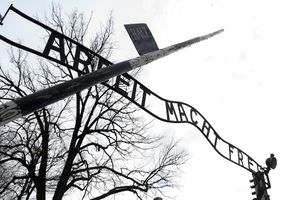
Students are aghast as they witness piles upon piles of hair which were cut from the heads of women, glasses, suitcases and prosthetic limbs.
Shoes belonging to both adults and children and provide a powerful reminder that these were real people, and not just the numbers they were branded with.
“Don’t look at all the shoes, just look and focus on one shoe,” says tour guide Lydia.
“It was one life, one dead child.”
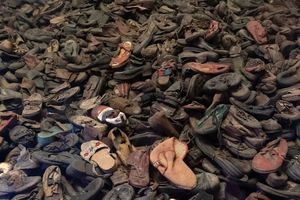
As we are led past gallows, the firing wall, through a corridor which shows rows of pictures of victims and through the gas chamber where victims were poisoned to death with pesticide Zyklon B, the sheer horror of what went on really begins to hit home.
Grace Newey, 17, was on the tour from St Peter’s Collegiate School sixth form in Wolverhampton.
“It was seeing the hair and the baby shoes that really got to me,” she says.
“It was so inhumane for people to do these things. It takes your breath away.
“You are almost overwhelmed by all the horrific things that happened.”
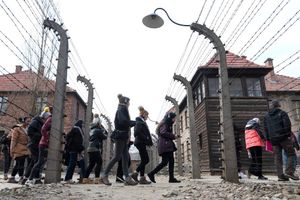
After leaving Auschwitz I the group is taken another couple of minutes away to the much bigger and visually dominating Birkenau.
It is often said that birds do not sing in Auschwitz since the Holocaust – and despite it being a largely clear day there was not even so much of a sight of a bird, although the camp is surrounded by woodland.
There are ruins and wreckage of the gas chambers which were blown up by the Nazis to destroy evidence of the camps in 1945.
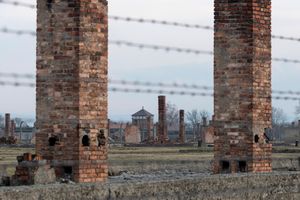
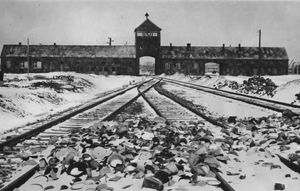
But Lydia tells us that prisoners had written and buried notes which have given testament to the atrocities.
As we trudge through the rubble floor of the camp and stand at various points where so much suffering and cruelty was inflicted on other people, many are the group are feeling increasingly numb at the enormity and mass scale of killing.
Molly Jones, 17, from Moreton Hall School in Oswestry, says: “The scale of it is just like nothing you can imagine.
“You are seeing the sites where all these awful things happened but it’s difficult to comprehend and fully process that it’s true.”
The tour concludes with a ceremony in a room full of pre-war pictures of victims – couples smiling and dancing, children playing, countless people enjoying simply their lives.
These people were reduced to little more than numbers, and killed.
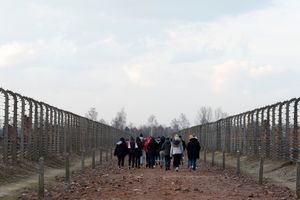
Rabbi Marcus concludes the day with a Hebrew recitation of the Holocaust prayer, and a stern warning that the events of the Holocaust need to be remembered and understood to stop any future atrocities.
“It was an assault on difference, and an assault on difference is an assault on us all, as we are all different to each other,” he says. This sentiment is embraced by students.
Katie Critchlow, 18, from St Peter’s, says: “The Holocaust is so talked about, but there are other genocides that are not as well known and you need to research hard to learn about it.
It is still happening, and we need to use what we learned here today and what we know about the Holocaust and apply it to everything.”
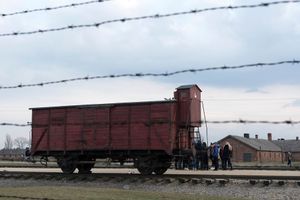
Joseph Mullaly, 17, from Shrewsbury College, adds: “It’s bewildering that it ever happened and it feels like another universe while trying to comprehend it. It’s difficult to find the emotion that is right for it really.
“But we need to know this can never happen again and make sure we are never part of that, ever.”
The atmosphere at the camps seeps into the soul. As the coach returns to Krakow Airport, and the group embarks on the return flight to Birmingham, things begin to sink in.
McKenna Wood, 17, from Shrewsbury College, concludes: “Before we came people were saying I’d be overwhelmed and would cry – but I have found I am more angry about what happened rather than being sad and overwhelmed.”

